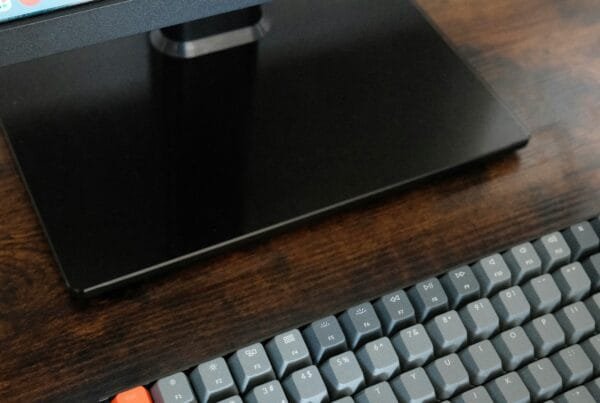Setting up a new printer in the office may sound simple, but if you’ve ever been stuck waiting on a stubborn printer to cooperate, you know it can turn into a productivity killer. Getting your printer connected to the network properly the first time ensures that everyone in the office can access it without headaches.
Here’s a step-by-step guide to make the process as smooth as possible.
Step 1: Unbox and Prepare Your Printer
Remove all packaging materials and tape.
Install the ink or toner cartridges.
Load paper into the tray.
Plug in the printer and power it on.
This ensures your printer is physically ready before you dive into the network setup.
Step 2: Connect the Printer to the Network
Most office printers today can connect via Wi-Fi or Ethernet (wired connection).
For Wi-Fi:
Use the printer’s touchscreen menu to find the Network Settings or Wireless Setup Wizard.
Select your office Wi-Fi network and enter the password.
Confirm the connection once the printer indicates it’s online.
For Ethernet (recommended for offices):
Plug an Ethernet cable from the printer directly into your router or network switch.
The printer should automatically connect and obtain an IP address.
Step 3: Find the Printer’s IP Address
You’ll need this to add the printer to each computer.
Print a network configuration page from the printer’s menu.
Or, navigate through the printer’s network settings to view the assigned IP address.
Step 4: Add the Printer to Your Office Computers
On Windows:
Go to Settings > Devices > Printers & Scanners.
Click Add a printer or scanner.
Select your printer from the list or add it manually using the IP address.
On Mac:
Open System Preferences > Printers & Scanners.
Click the + button.
Choose your printer from the list or enter the IP address.
Step 5: Install the Drivers
Even if your computer finds the printer, it may not work properly without the correct drivers.
Visit the printer manufacturer’s website.
Download and install the latest driver software for your specific model.
Run the installer to complete setup.
Step 6: Test the Printer
Print a test page from one of the computers to confirm everything is set up correctly. If multiple employees need access, repeat the add-printer steps on their devices.
Bonus Tip: Secure Your Printer
Printers are often overlooked when it comes to cybersecurity. Change the default admin password, disable unused features like remote printing if not needed, and keep the firmware updated.
Final Thoughts
Connecting a new office printer doesn’t have to be a dreaded task. By following these steps, you’ll ensure the device is not only up and running but also secure and accessible to the whole team.





